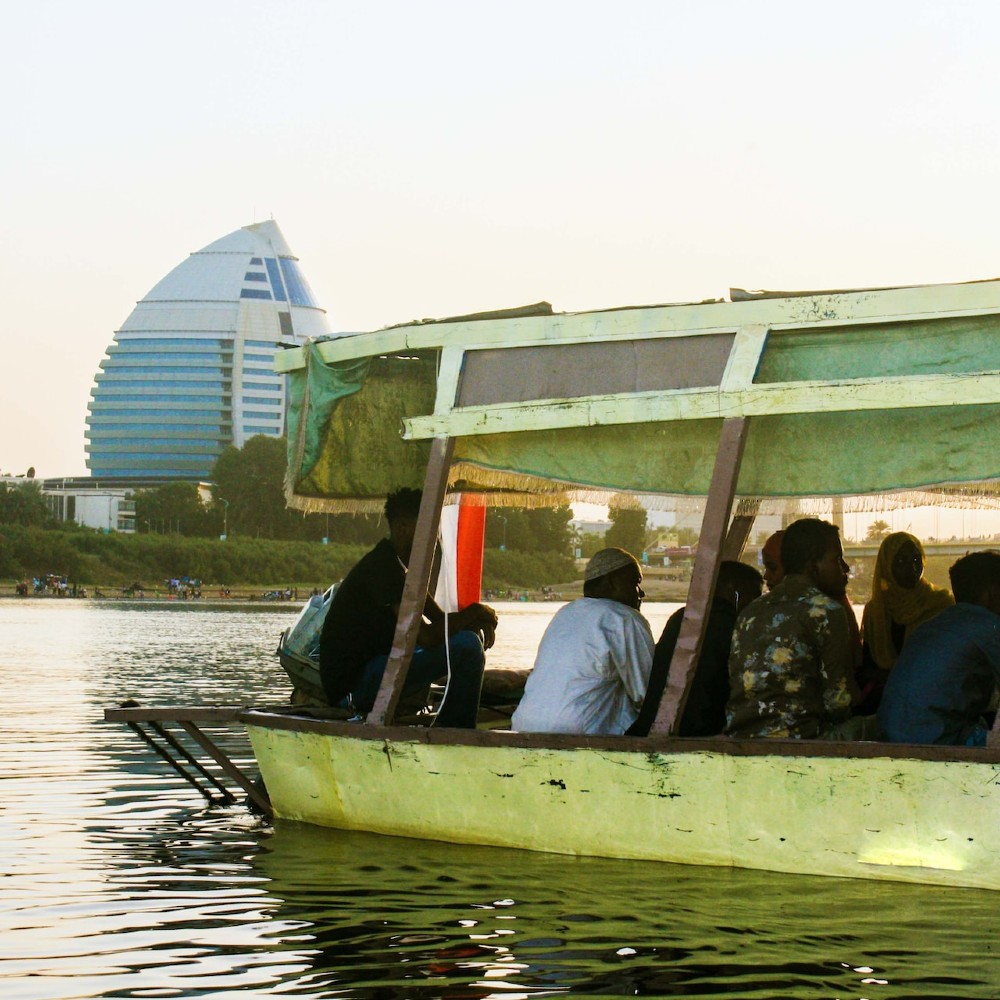Published:

The two leading generals of the largest country in Africa have clashed over the country’s vast economic and political power. So, what is happening on the global economic stage in the face of this conflict?
is in a potential for the region of origin, sat on arable land and close proximity to the Persian Gulf economies. However, there are many that face the Sudanese economy, such as distribution bottlenecks, lack of credit, scarcity of inputs, and outmoded production methods. So, where is Sudan's economy today?
One main industry of Sudan is the oil industry. Sudan is in an to provide the world with more oil, competing with the dominance of the Middle East. The country exported nearly in crude oil in 2020, and in 2021, their oil fields produced about 59,000 barrels per day. The Sudan Oil Refinery is able to process up to . The government is working to add a lot of to attract further investment in their oil production, such as licenses, investment protections, and equity ownership in oil fields.
The next large industry is agriculture. Agriculture and livestock are the main sources of livelihood in Sudan, with percent of the labor force in these industries. Starting with imports, Sudan's were raw sugar and wheat, at $560 million and $530 million respectively. They towards purchasing from U.S. agricultural companies for agricultural inputs, such as seeds, irrigation equipment, and farming machinery. Finally, the country about $160 million worth of tractors - clearly highlighting the importance of their agricultural industry. On the exporting side, Sudan is the world's of "other oily seeds," defined as groundnuts, sunflower, soybean, safflower, and sesame, valueing at $746 million in 2020. They also create up of the world's supply of gum Arabic (acacia gum), which is used as an important input for food additives, paint, and cosmetics. This industries are to a conflict. As the destruction of farmland and livestock, could make it extremely for the country to rebuild after.
The final industry we will discuss today is gold and precious minerals. With production increasing more than % since 2007; they now export around If production were to slow down this could have ripple effects throughout the world economy. Current gold prices in America have reached for the first time in a year, as people try to escape the volatility of global markets and see some stability in gold. However, there are some concerns with the gold export market. While the gold provides a hard currency, large portions of the supply chain , creating difficulty in determining true output.
Other large world players have noticed the important resources found in Sudan. Its strategic location on the horn of Africa and and mineral wealth has attracted large international powers, such as , the , and , looking to invest with Sudan. Several states have invested in the underutilized rich soil of the region. The have already invested billions into the irrigated farmlands surrounding the Nile. Russia owns a lucrative gold mining operation in Sudan, and there are concerns Russia’s Wagner Group has been smuggling gold out of the country.
Due to Egypt and Sudan share borders on the Nile River, they have become important allies and trading partners. Egypt is also reliant on the Nile to support its population of million. We may see through this partnership, a boost in the Sudanese economy in the future.
File under